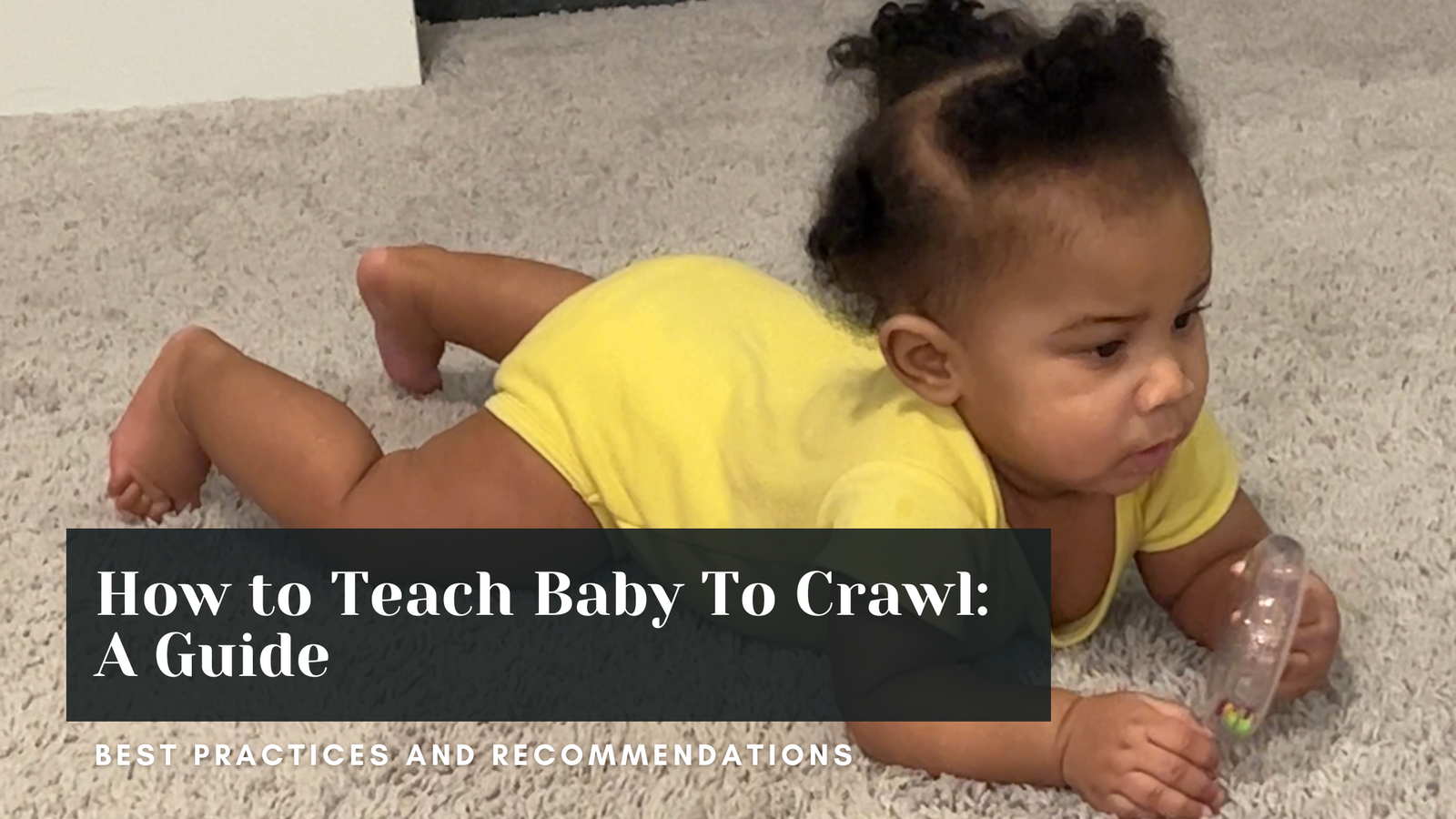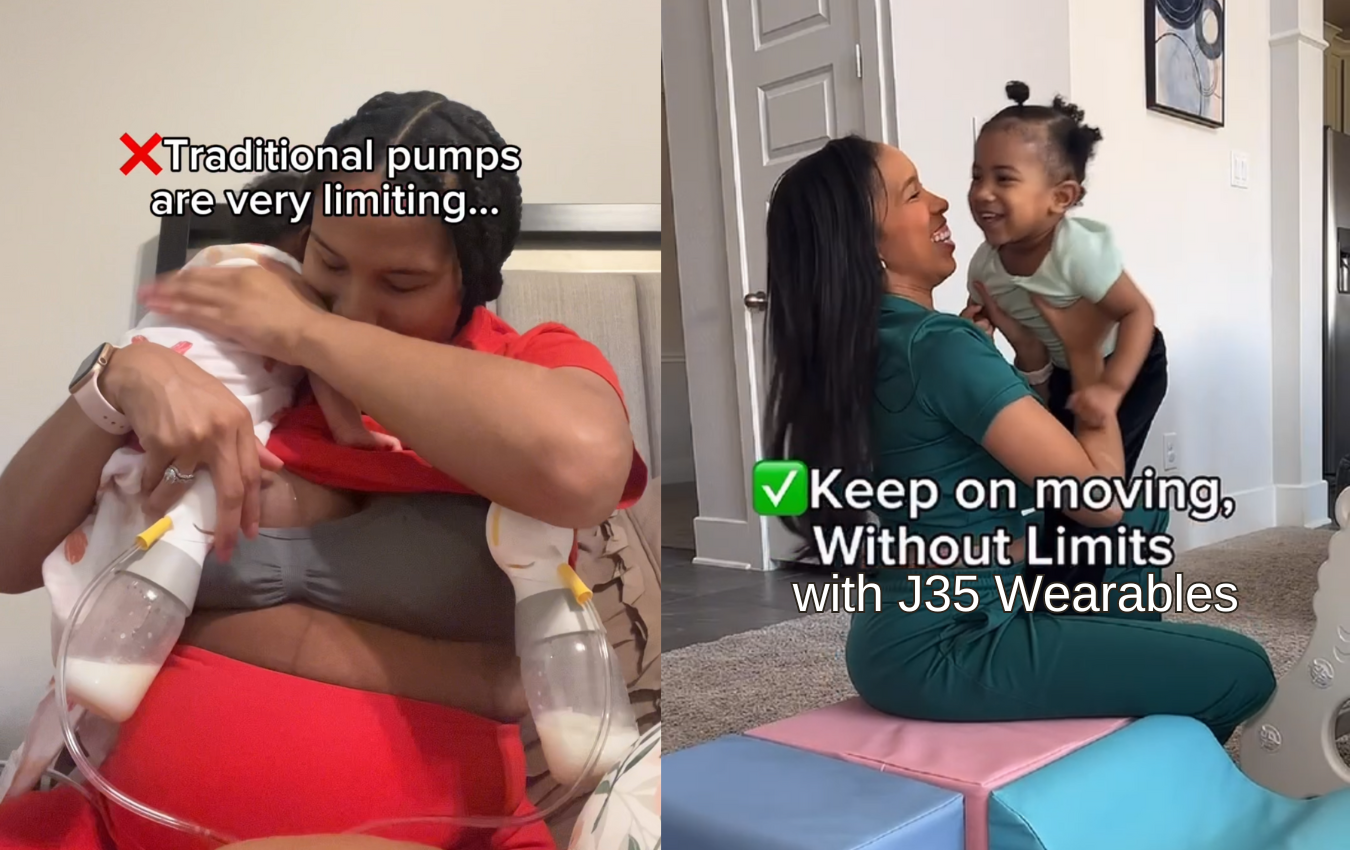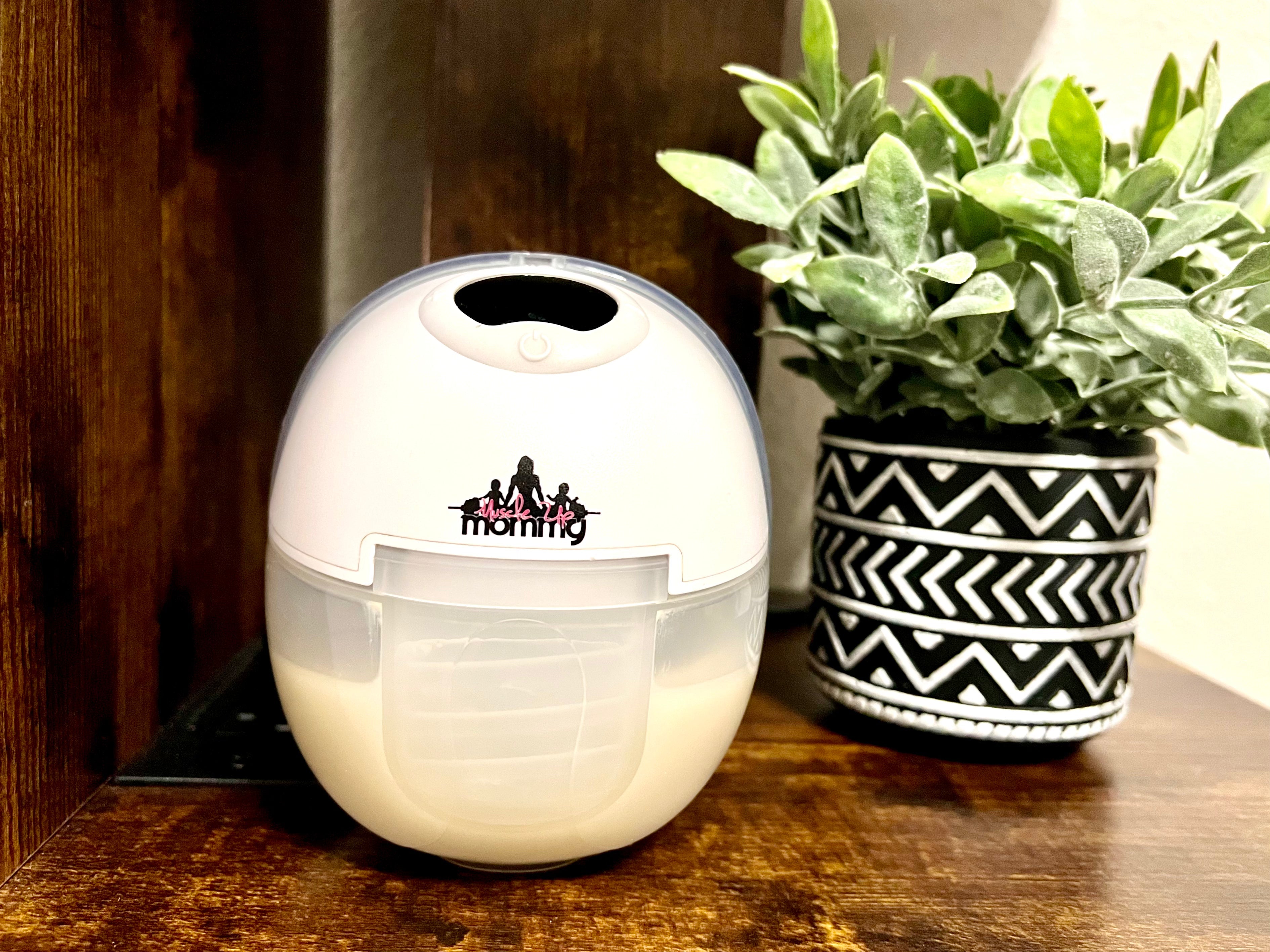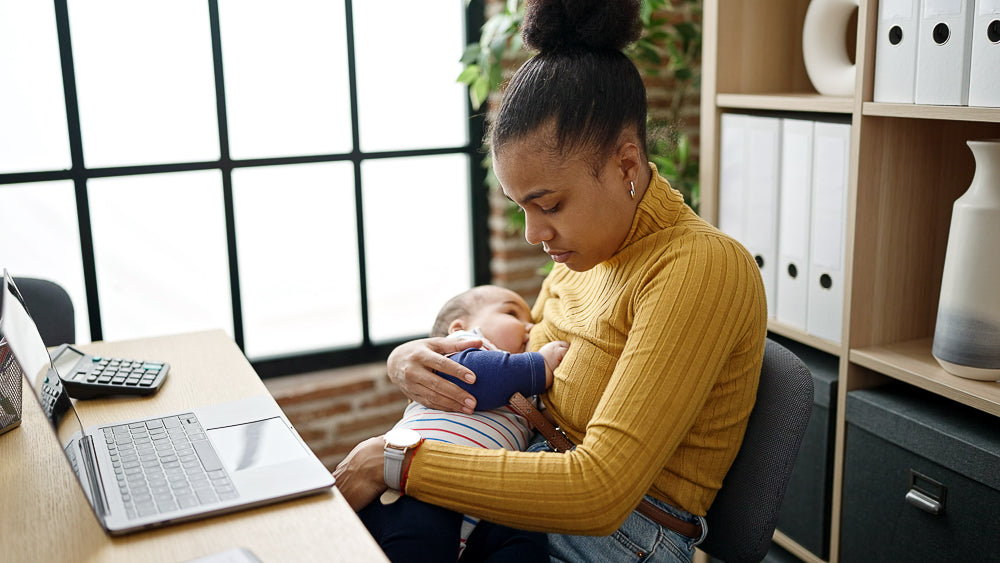How To Teach Your Baby To Crawl: A Guide

In this article:
- Tips To Help Baby Learn To Crawl
- Baby Crawling Checklist
- Things To Consider When Getting Baby To Crawl
Tips To Help Baby Learn To Crawl
The first thing parents should know is that crawling, although comes from natural movement, is a skillset that occurs after building the strength to do so.
Crawling can be achieved at any stage in infancy, but you must give them the opportunity to practice and here's how:
1. Block off a schedule timeslot for tummy time DAILY!
Tummy time can begin as early as 3-4 weeks of age. As your baby grows, so will their neck, upper body, and leg strength. It's recommended to give 15-20 minutes blocks for tummy time daily and increase the consistency to 2-3 times a day at they get older.
2. Mobility Training.
With crawling, it requires upper body strength and balance. Practicing these skills routinely allows for not only baby's muscle memory to kick in, but it also gives them time to learn the skill. Help baby lift their belly off the ground while practicing arm movements. This mobility training will help them get moving.
3. Visual learning and examples.
Like most adults, some people just learn best by visually seeing examples and then mimicking them. This is true for babies as well. Try getting older siblings to crawl around to show baby what crawling looks like and create the space for them to repeat it.
If baby is an only child, don't be afraid to get down on the floor with them and show them how it's done. You can also pull up videos of other babies crawling or enroll them in activities with age appropriate activities and allow them to learn from other participants.
4. Offer incentives for movement.
Babies naturally gravitate towards items with unique sounds, colors and textures. As you practice tummy time, identify their favorite toys. Use these as incentives to practice reaching, encourage movement from one spot to another and to practice other skills like rolling over and palming/grabbing.
5. Practice, Practice, Practice.
Just like anything in life, practice makes perfect. Newborns and younger infants may not seem to like tummy time, but continue offering the time for them to build strength.
For us, these tips have been tried and true. We got our baby crawling at 6 months with lots of repetition, toy incentives, encouragement from mom, dad, and her older siblings. I even turned tummy time into a timeslot to work on my own core exercises so we both were constructively building a skill and working on muscle growth.
Baby Crawling Checklist
Here's a few things to consider when identifying that your baby is ready to begin crawling:
- Growing familiar with people and objects.
- Making expressions and mimicking sounds/actions like "hi" and waving.
- Actively holding his/her head up without assistance.
- Following objects with his/her eyes.
- Actively scooting and showing interest in exploring.
- Alert and attentive during tummy time.
- Palming and grabbing for toys/objects.
- Showing core strength: rolling over and sitting up unassisted.
- Showing signs of hand-eye coordination and bringing objects to his/her mouth.
Each of these techniques play a huge part in crawling and are signs that baby's gross motor skills are developing and there's an interest in learning more.
Things To Consider When Getting Baby To Crawl
Set up your space for success using these helpful tips:
- Provide a comfortable space for baby to explore. Hard floors hurt. Babies have delicate skin and being on a soft surface makes movement more gentle on their growing limbs. Consider using a tummy time mat or padded floor for baby to safely learn new skills.
- Use sensory toys to promote movement. Play kits and sensory toys are excellent to use for skill development.
- Limit bouncers, activity tables and swings. These items aren't bad to use, but when you're looking to get baby moving, having more time to practice crawling and build motor skills is recommended.
Recommended Items For Baby
1. Baby Safety Helmet

Protect your baby's head from injuries as their learning to navigate body movement. Our Baby Safety Helmet is padded and shock-absorbing so that those falls and tumbles feel less like blows.







Leave a comment